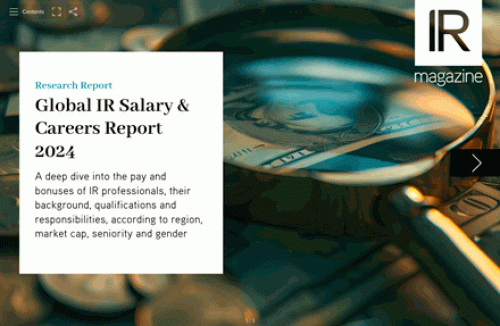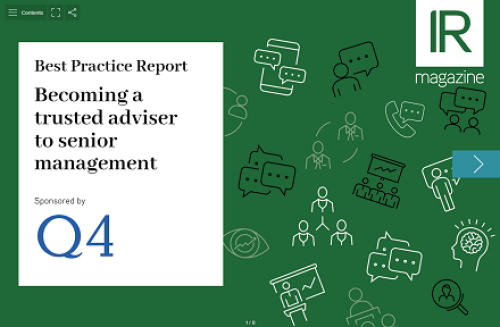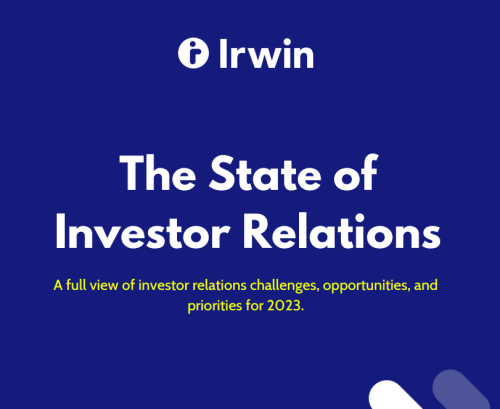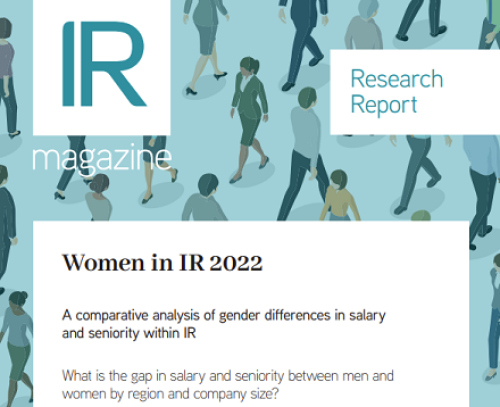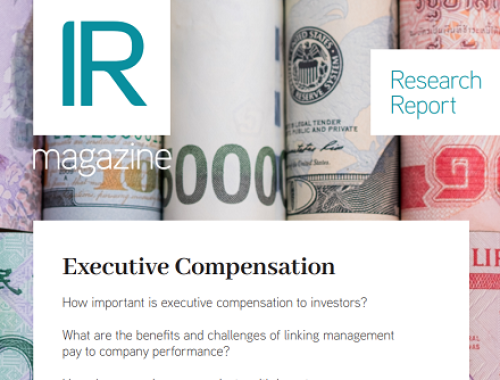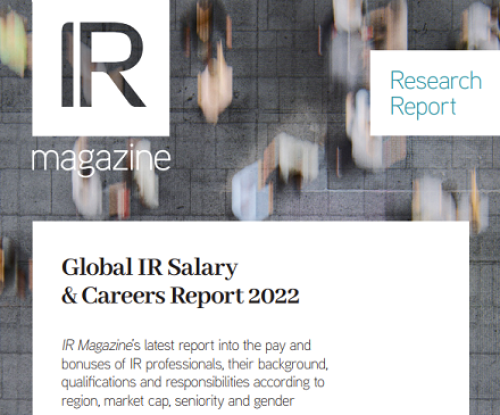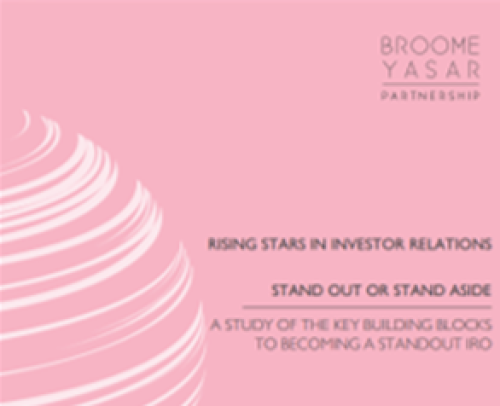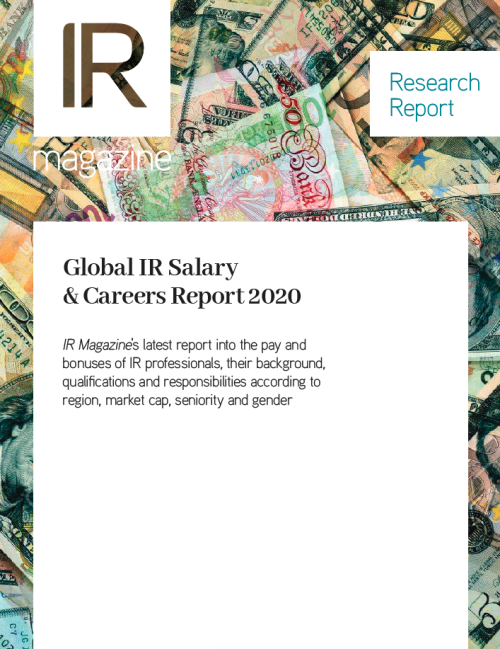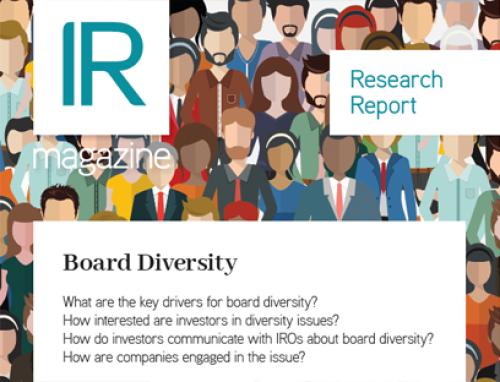Bristol-Myers Squibb's IRO - and Niri's next chairman - records a so-called typical week in drug company investor relations
Day One
New York: Our midtown Manhattan office needs to be leveraged with the investment community, and we try to do that with either face-to-face meetings (at our place) or lunches (almost anywhere) or visits (at their place) nearly every day. Considering heavy travel schedules to go where the money is (out there - not in the comfort of our office), we try to be in headquarters on Mondays as often as we can. Portfolio managers and analysts who need to get hold of you can reliably do it then;
You need to register to access 3 free deep dive articles per month. To continue reading please register or login below..
- Unlimited deep dives
- Data-driven research around key topics
- Buy-side insights
- Benchmarking reports
From
$1495

